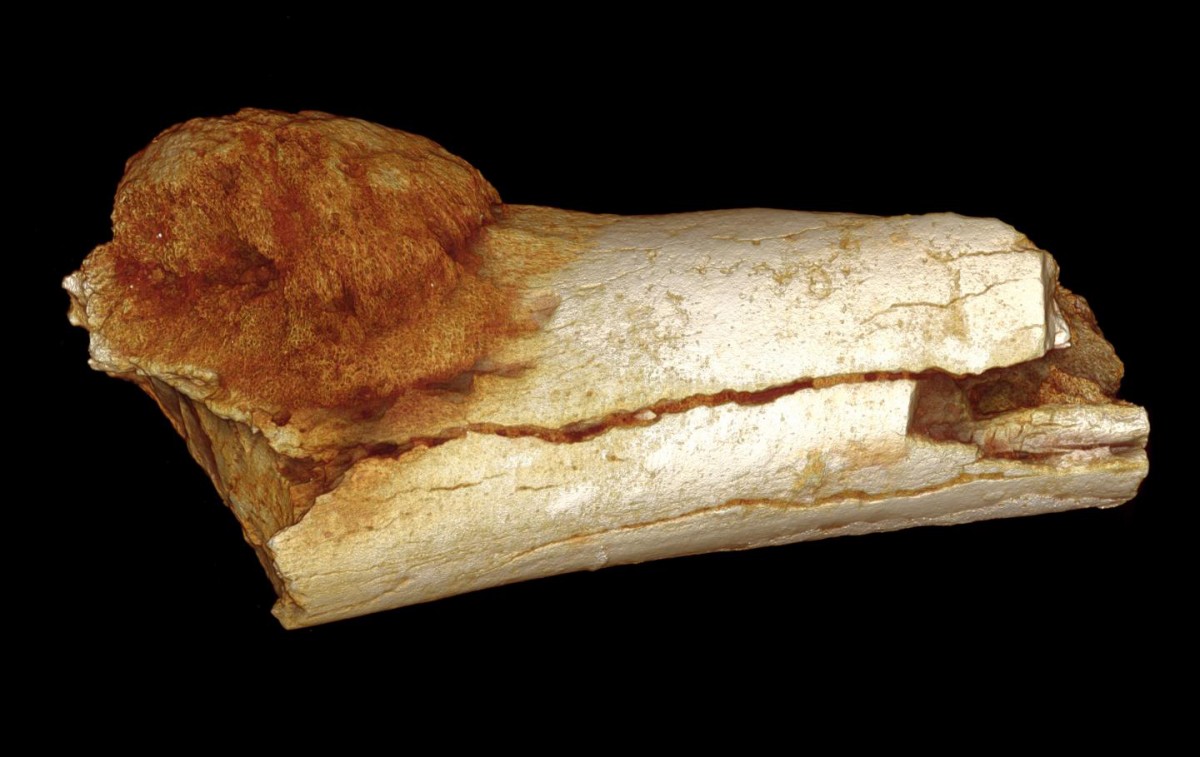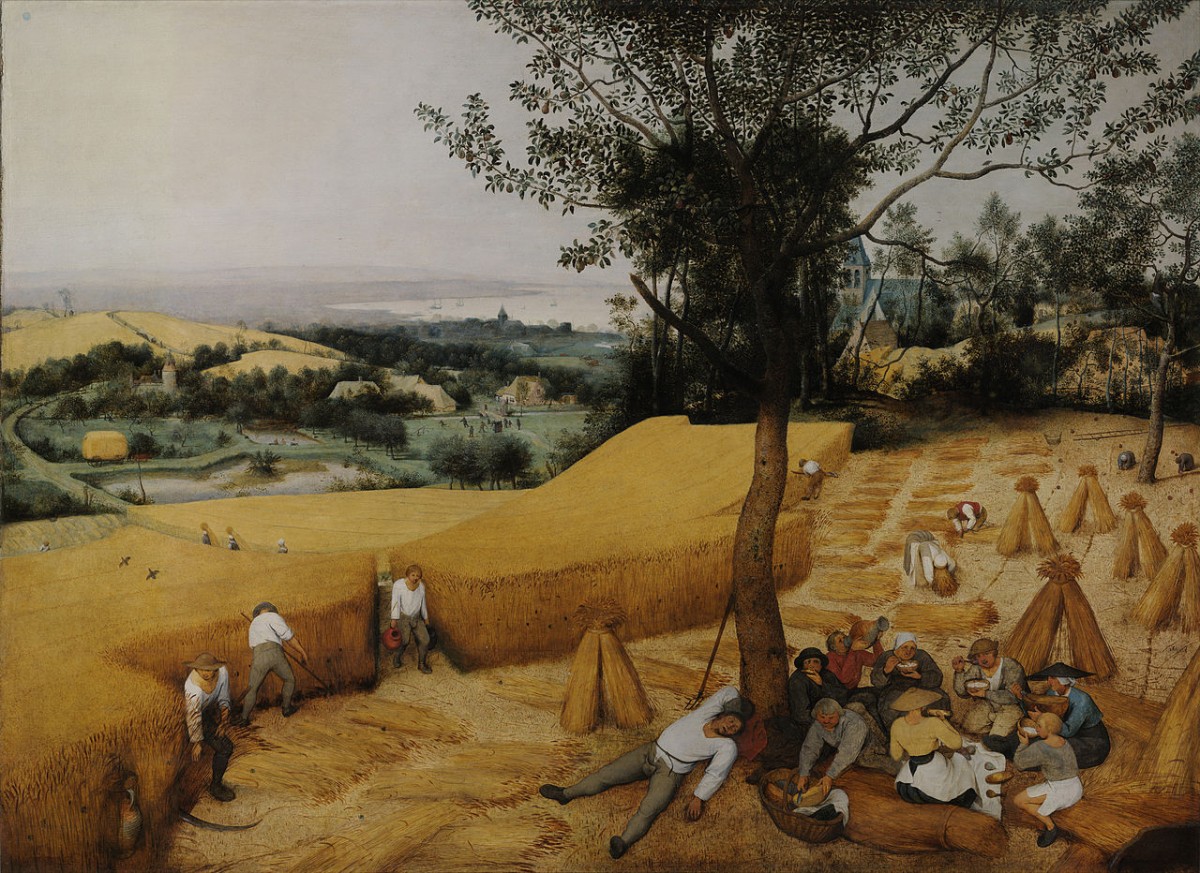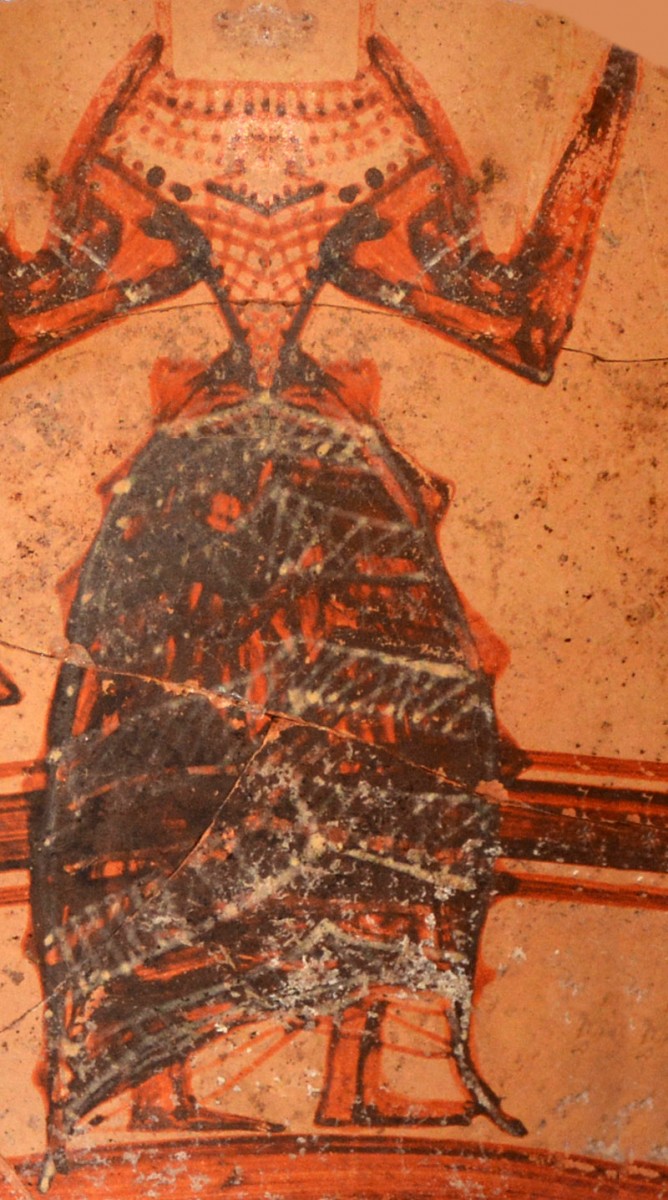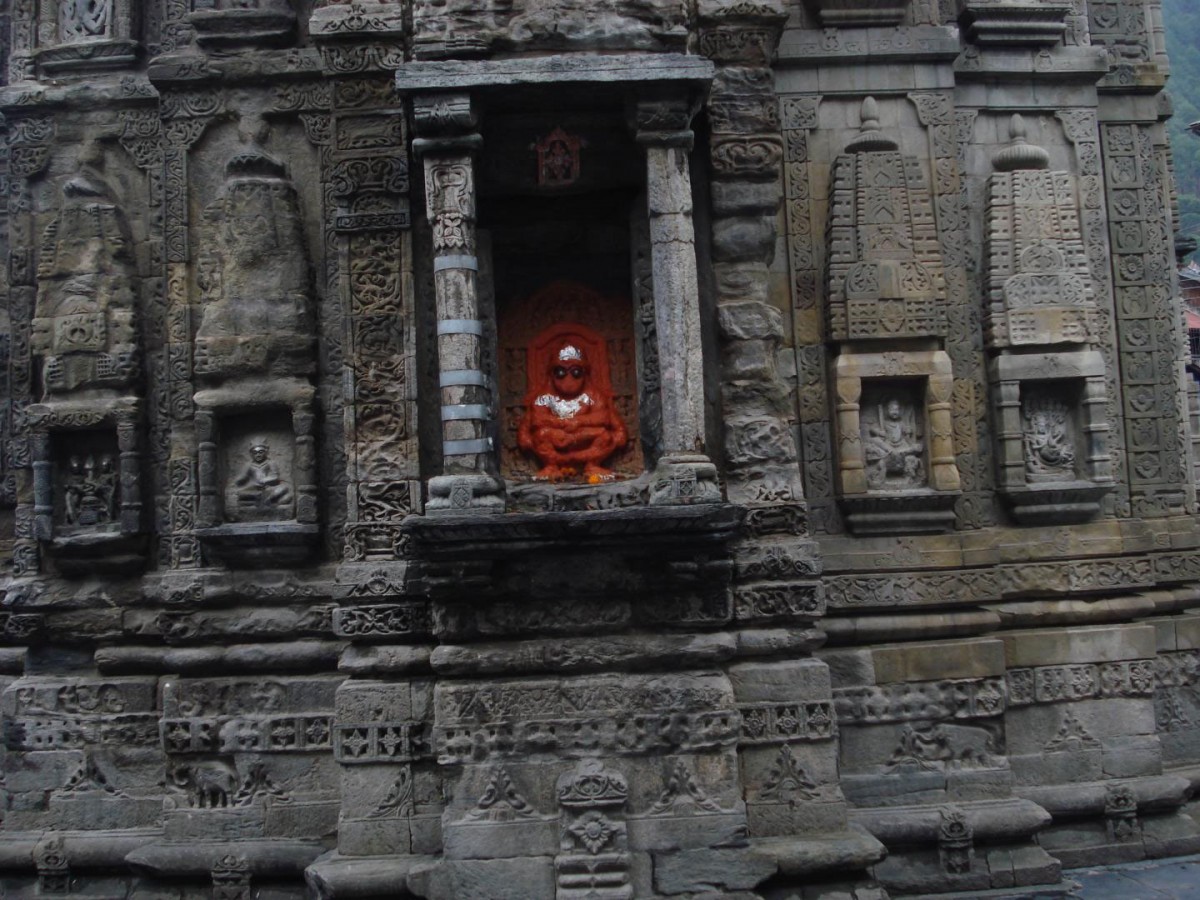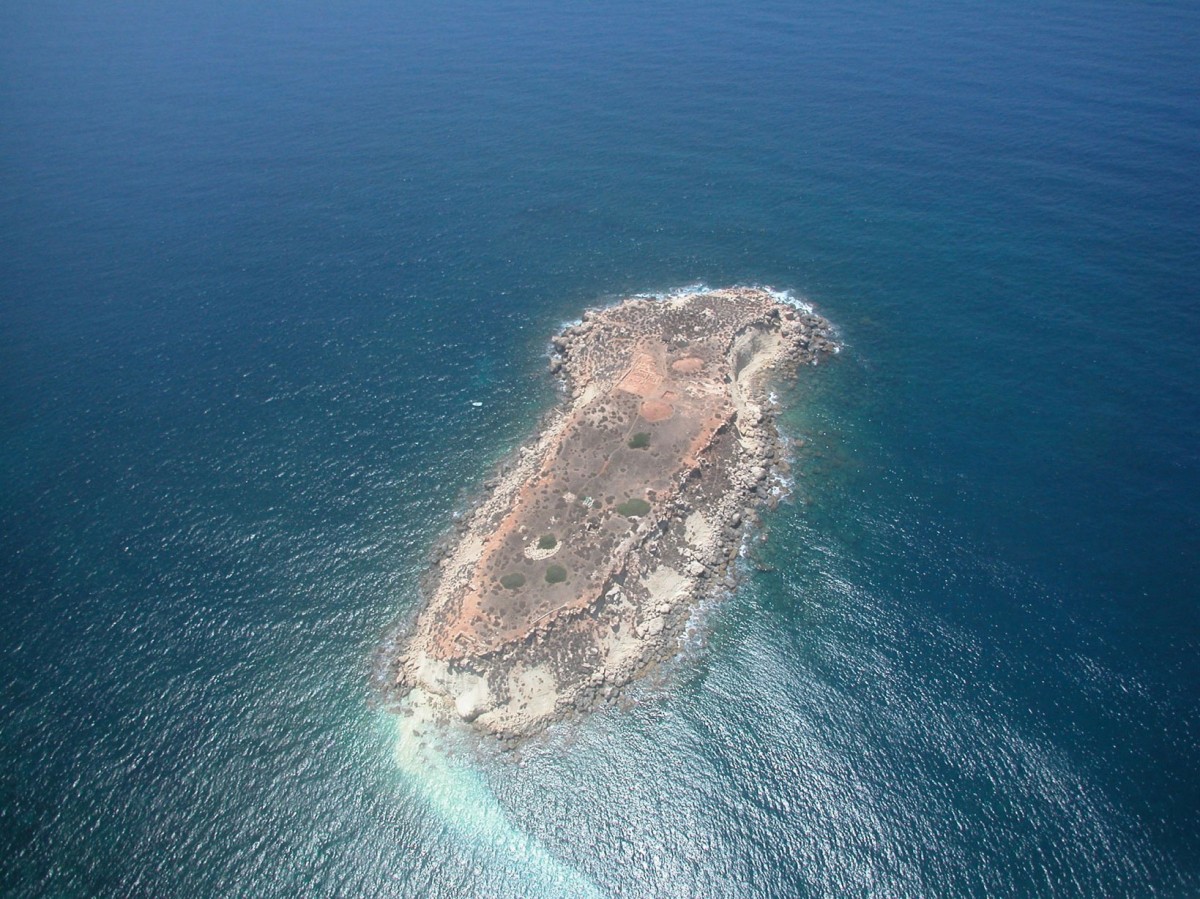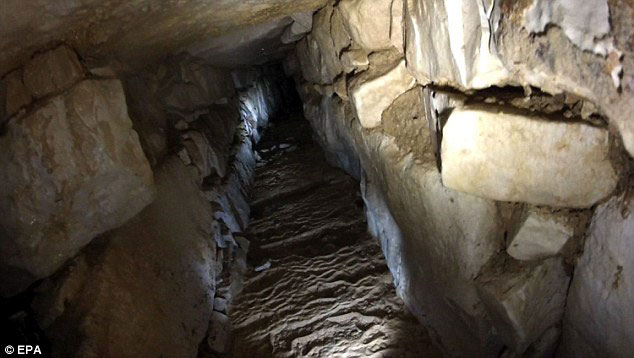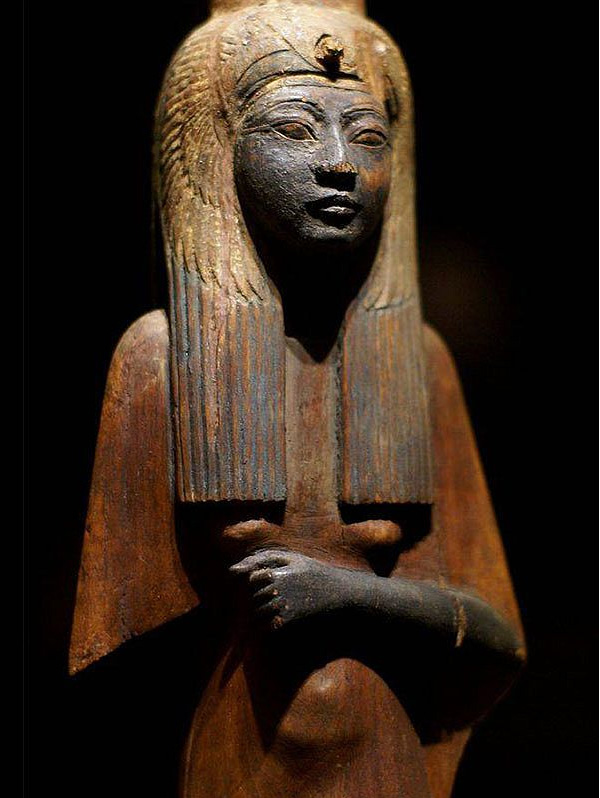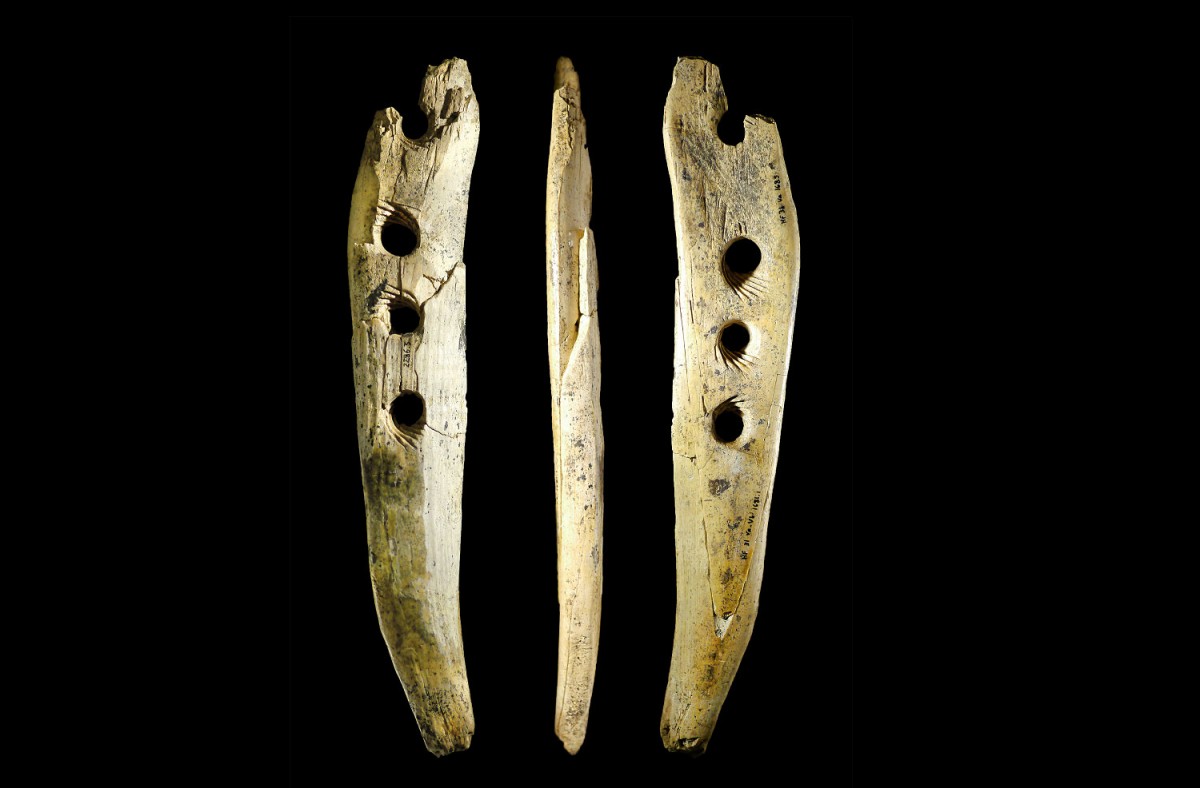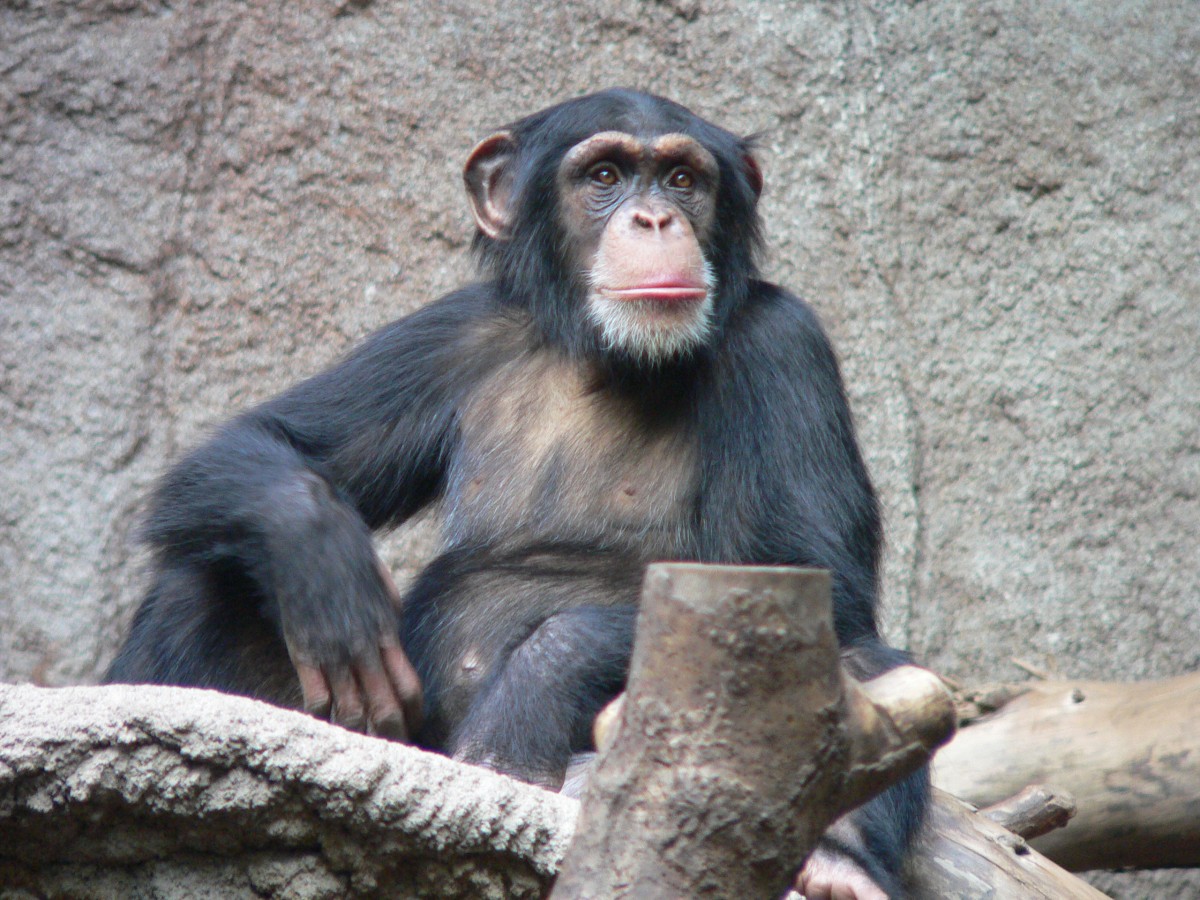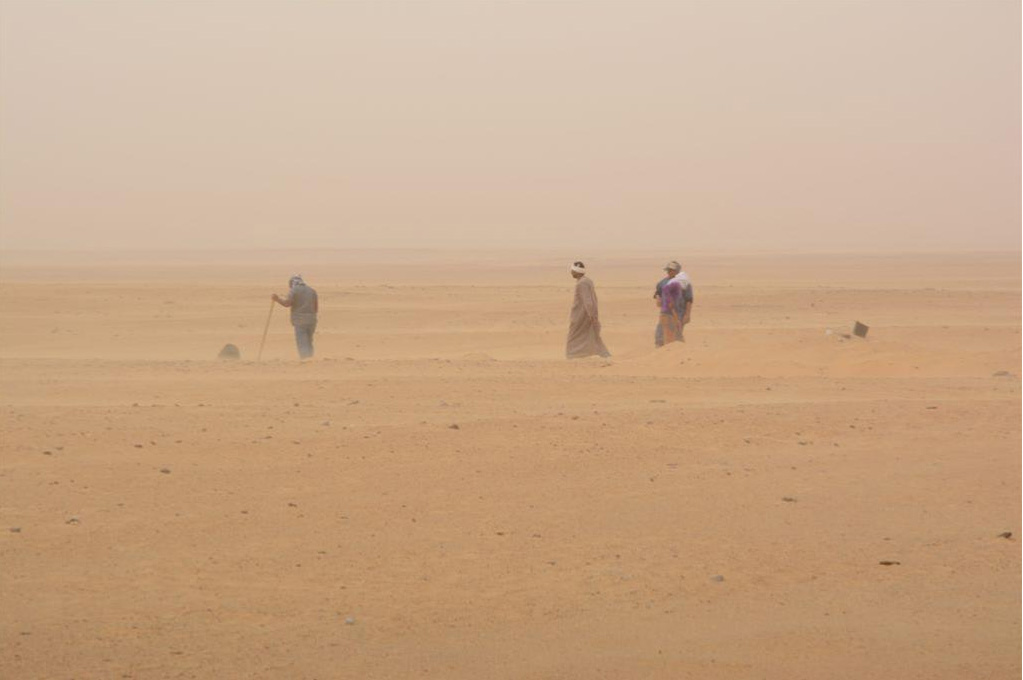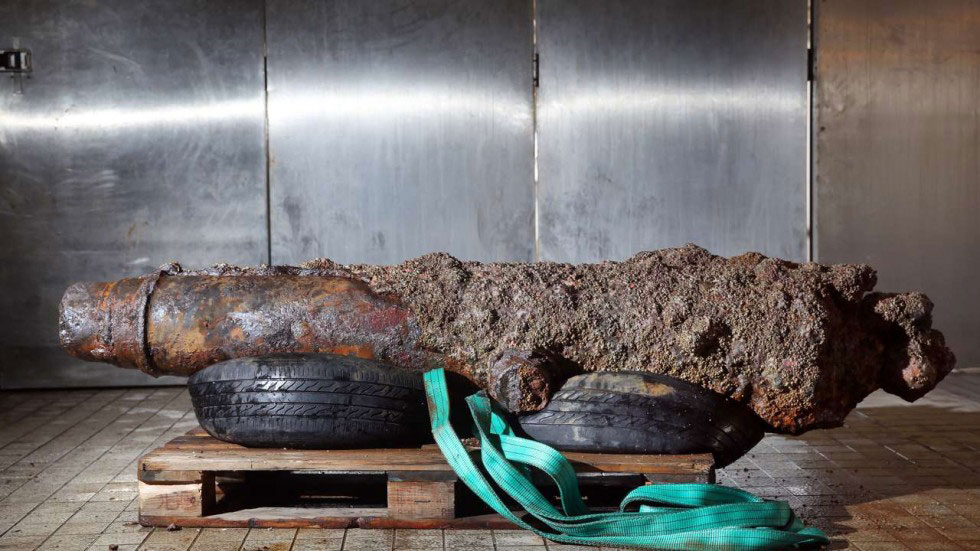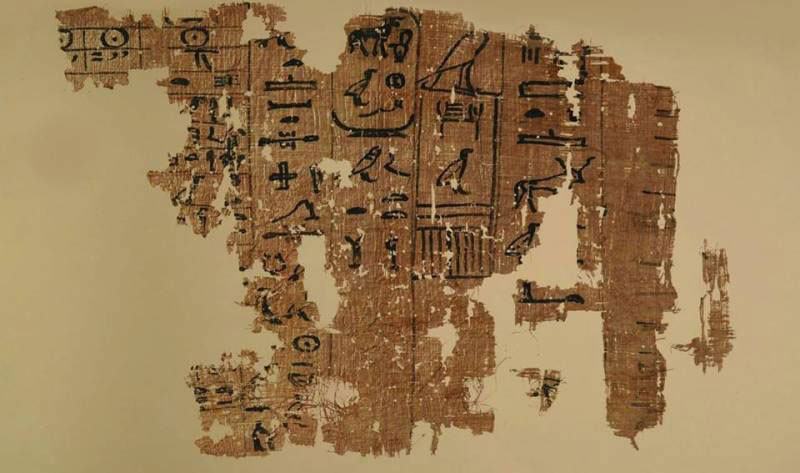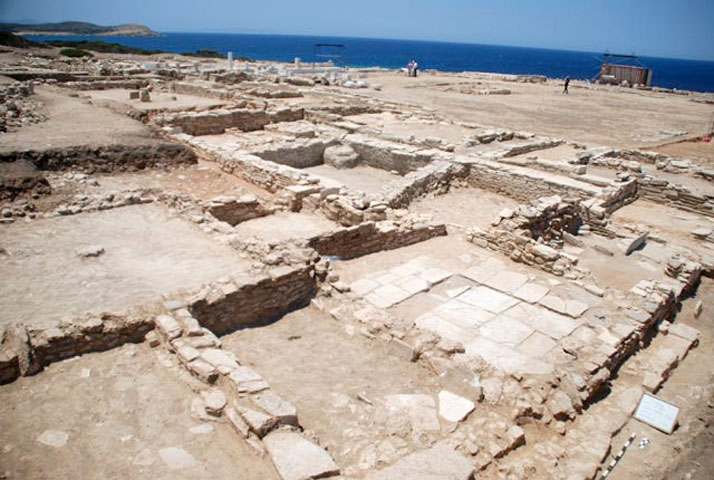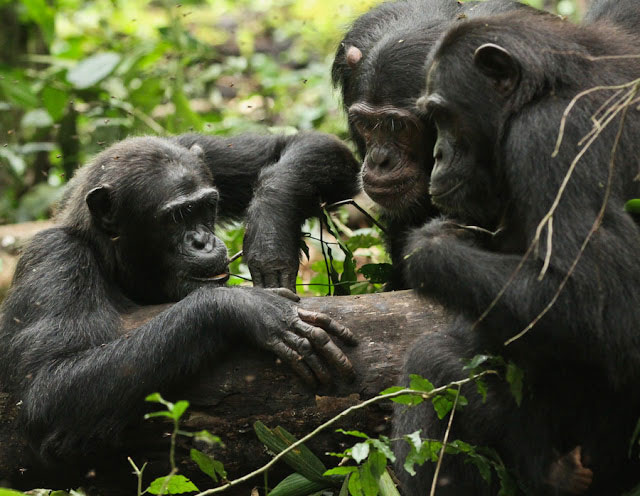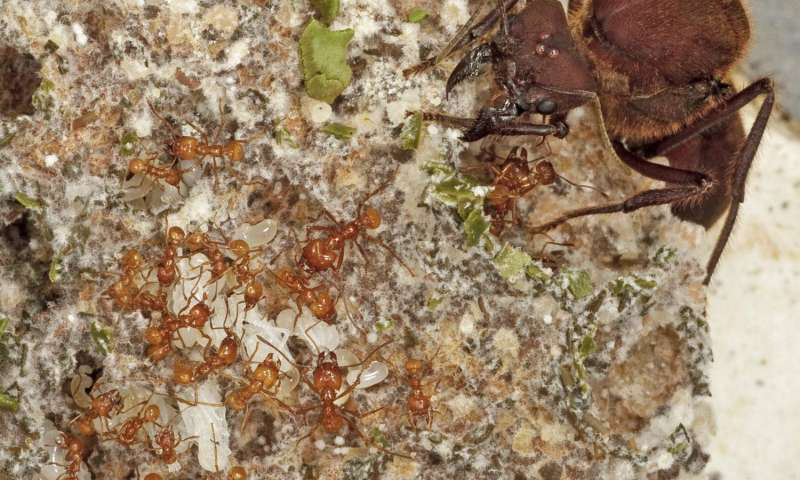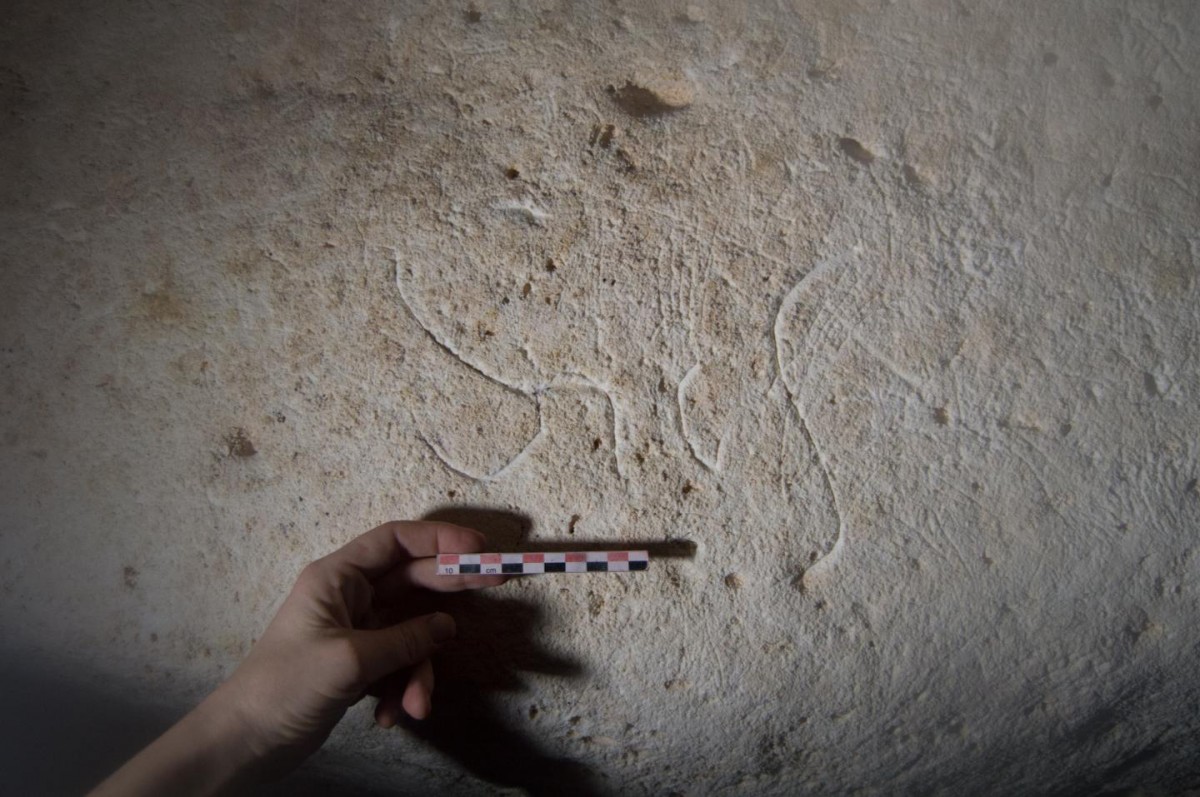Cancer on a Paleo-diet?
Evidence of earliest cancer in homonin record found on South African fossils.
DNA analyses reveal genetic identities of world’s first farmers
Harvard-led research reshapes understanding of genetic heritage of modern West Eurasians.
Ceres figurine found in South Shields
A beautifully crafted miniature bronze figure of the Roman goddess Ceres was found by volunteers from the WallQuest community archaeology project.
Hala Sultan Tekke reveals its treasures
The Swedish Cyprus Expedition excavations at the Late Bronze Age site of Dromolaxia-Vizakia (Hala Sultan Tekke), close to Larnaca International Airportand the famous homonymous mosque, continued to expose City Quarter 1 (CQ1).
Impressive 1,600-year-old pottery kiln exposed in the Western Galilee
The kiln is the only one known to date in the country to have been hewn entirely in bedrock. It was exposed in archaeological excavations of the Israel Antiquities Authority prior to the construction of a new residential quarter.
Ancient temples in the Himalaya reveal signs of past earthquakes
Researchers show how the signs of destructive earthquakes are imprinted upon the ancient stone and wooden temples.
Studying the architecture, inscriptions and pottery on Geronisos
Ostraca, inscriptions, an Ionic temple, rock cut tombs and pottery were studied during the latest expedition on Geronisos island.
Underground water tunnel found beneath Maya pyramid and tomb
Archaeologists have discovered an underground water tunnel system beneath the tomb of an ancient ruler at a Maya site in Palenque, Mexico.
A new extinct carnivorous marsupial
A new species of extinct flesh-eating marsupial that terrorised Australia’s drying forests about 5 million years ago has been identified from a fossil discovered in remote northwestern Queensland.
Statue fragment of an Egyptian official found at Tel-Hazor in Israel
A large fragment of an Egyptian statue measuring 45x40 cm, made of lime-stone, was discovered in the course of the current season of excavations at Tel-Hazor.
Palmyra monuments can be rebuilt with new materials
A team of experts from Russia's Culture Ministry have assessed the damage and found that the Temple of Bel and the Arch of Triumph can only be rebuilt with the use of new materials.
Queens of the Nile
Queens of the Nile will tell the unique story of the ancient Egyptians pharaohs' wives during the New Kingdom period (1500 to 1000 BC).
Researchers discover how rope was made 40,000 years ago
A tool used to make rope was found in Hohle Fels Cave in southwestern Germany.
Biologists home in on paleo gut for clues to our evolutionary history
It turns out that a lot of the bacteria in our intestines have been with us for at least 15 million years, since we were pre-human apes.
Neolithic sites come to light in Egypt’s Western Desert
Polish archaeologists are looking for traces of people who lived there at that time and exploited the environment in the region of Gebel Ramlah.
Anchor stock and cannon found underwater near Hong Kong
A diving team recovered a cannon and an anchor stock around Basalt Island, highlighting the area's maritime heritage.
Oldest Egyptian papyri on display at the Egyptian Museum
A collection of the oldest known papyri from a Red Sea port and other items, such as replicas, are displayed for the first time at the Cairo's Egyptian Museum in a short but worth-visiting exhibition.
Despotiko: Finds shed light on the topography of the sanctuary
The results of the excavations conducted this summer on the uninhabited islet of Despotiko, west of Antiparos (Cyclades), are very significant, shedding light on the history and the topography of the Apollo sanctuary.
Coin hoard found in Empúries
A coin hoard hidden in an amphora was found in a house excavated at the ancient Greek colony of Empúries on the Costa Brava.
Neanderthals in Germany – first population peak, then sudden extinction
Around 45,000 years ago, Homo neanderthalensis was the predominant human species in Europe. Archaeological findings show that there were also several settlements in Germany.
Travel broadens chimps’ horizons too
Chimpanzees who travel are more frequent tool users, according to new findings from the University of Neuchâtel and the University of Geneva.
“Us versus them” social traits may have evolved in monkeys before humans
Our closest primate relatives may have evolved “us versus them” social traits as a means to cope with competition from rival groups of monkeys long before this behaviour first occurred in humans.
After the age of dinosaurs came the age of ant farmers
A group of South American ants has farmed fungi since shortly after the dinosaurs died out, according to an international research team including Smithsonian scientists.
Cave discoveries shed new light on Native and European religious encounters
British Museum and University of Leicester-led research uncovers new evidence in Caribbean.
